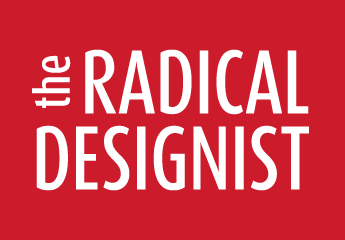Michael Ostwald and Michael Chapman
Abstract
The Coop Himmelblau partnership of Wolf Prix and Helmut Swiczinsky has, since the 1960s, been engaged in an attempt to break away from mainstream approaches to architectural design and production. Originally contemporaries of Archigram, Archizoom and Superstudio, Coop Himmelblau’s manifestos for architecture have, since that time, portrayed a growing preoccupation with feed-back mechanisms, looping, folding, instantaneity and the attempt to recast architecture as metaphorically chaotic. While there have been extensive critical analyses of Coop Himmelblau’s early post-Vitruvian, or anti-humanist propositions, their approach to design in the late 1980s and early 1990s has rarely been considered in such detail. Throughout this latter period, Coop Himmelblau merged surrealist concepts like “automatism” with the rhetoric of complexity scientific including “interference”, “chaos”, “indeterminacy”, “iteration” and “open systems”. The focus of this paper is Coop Himmelblau’s celebration of the original design impulse, instance or event – what they call the psychogram – and its interpretation by Michael Sorkin as a reference to both surrealist automatism and scientific complexity.
ISSUE 3 | April 2010 | 06/07 | Past Radical Propositions

